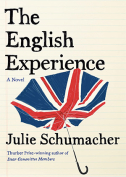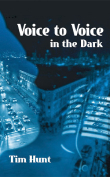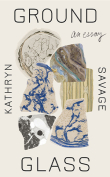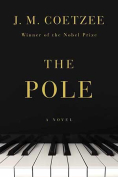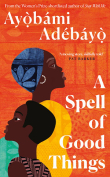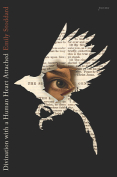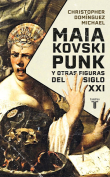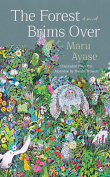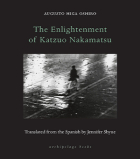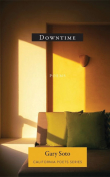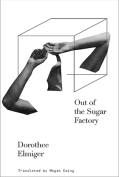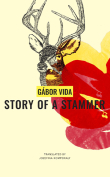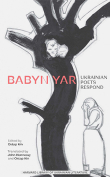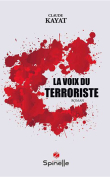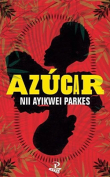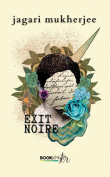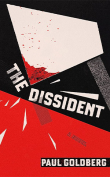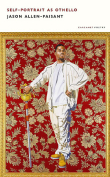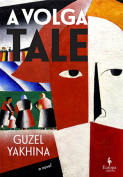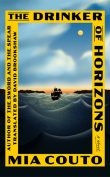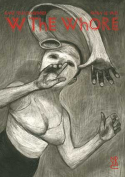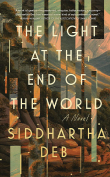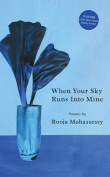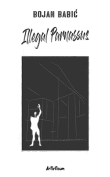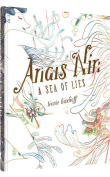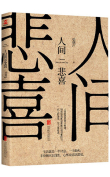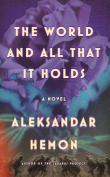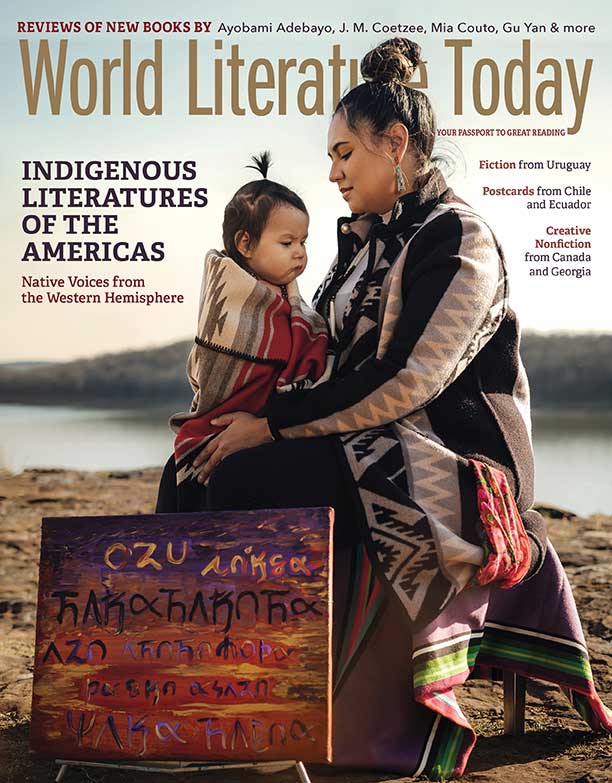The World and All That It Holds by Aleksandar Hemon
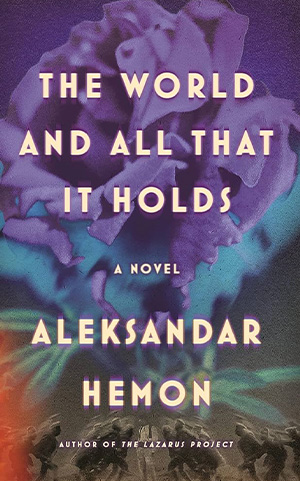 New York. Farrar, Straus and Giroux. 2023. 331 pages.
New York. Farrar, Straus and Giroux. 2023. 331 pages.
Aleksandar Hemon’s brilliant new novel tells the harrowing tale of its Sarajevan protagonist, Rafael (Rafe) Pinto. A homosexual, Viennese-educated, Sephardic Jew, Rafe remains an outsider in his hometown at the easternmost edge of the Austro-Hungarian Empire. Raised by parents steeped in Torah and old Jewish songs and wisdom, Rafe runs his father’s pharmacy. Since Sarajevo lacks the cultural and sexual riches of Vienna, Rafe lets laudanum soothe his woes. But after the Archduke Ferdinand’s assassination near his shop, “the world exploded.” An imperial army conscript, Rafe endures great suffering on his forced walk from Sarajevo in 1913 to a Shanghai opium den in 1949. Through Rafe, a self-proclaimed “no one and nobody,” Hemon both testifies to the bleak history of the century that birthed our world and creates a haunting love story that transcends time, space, and death.
World begins with Rafe’s words, “The Holy One kept creating worlds and destroying them,” which underscore the eternal life-death cycle and open his one-sided discourse with God. Later, Rafe describes to fellow soldiers “the exact moment . . . that broke the world in two, before and after.” As creation/destruction converges with time past, present, and future, two central themes emerge: the search for meaning; and human versus metaphysical time.
Alongside Hemon’s irony, wit, fresh similes, graphic battle images, and gently erotic descriptions of Rafe and his beloved Osman, a Sarajevan Muslim soldier who dies too soon, postmodern tools destabilize the essence of the text. Magical realism inheres in the constant coincidences and disasters that make World a fabular quasi-picaresque, Rafe cast as Wandering Jew and Job-like Everyman but also, like Don Quixote, a sad clown. Likewise, Rafe’s sexual-spiritual bond with Osman persists beyond time and space. Long dead, Osman repeatedly finds Rafe and his daughter, Rahela (her real father Osman), guiding them to safety with tenderness and wisdom.
Metafictional narrators recount the story. A Hemon-like “I” or “we” may speak or, as here, the writer-narrator-historian: “Within a few weeks, Pinto would be conscripted into the Imperial Army.” That shifting “I” occasionally studies period “histories” to verify Rafe’s biography. But it also ventriloquizes Rafe’s earnest voice and periodically consults the memoirs of blustery, egocentric Moser-Etheridge, a British spy who randomly appears to help Rafe and Rahela. That Hemonic “I” relates the epilogue, wherein the “real” Rahela tells her story, which gives the “I” a plot and circles back to the beginning: Rafe’s world, destroyed, begins again.
Faux histories and shifts in time and tense challenge both human and metaphysical time. The omniscient historian “I” records Rafe’s fate before and after the fatal shot is fired, mixing past, present, and future tenses (e.g., “He would climb the slope of time”). Rafe’s father reiterates, “Remember the future,” and wonders, “What if time didn’t only flow forward but also backward? What if the past and the future streamed, creating, in opposite directions, a whirl in time that was neither past nor true, not even present?” Rafe muses, “Only the past matters, because it is the only thing that outlives everything and everyone.” History and time collide.
Language mixing proves tool and theme. Postcolonial texts (of which this is one, Hemon being Bosnian) sometimes insert scraps of colonized language into the dominant matrix, forcing readers to confront and acknowledge the power of the Other’s tongue. But Rafe’s intrusion of sometimes untranslated bits in his various languages connects to a major trope: Babel. From German, Bosnian, spanjol (Sephardic Ladino), and the speech of other refugees, Rafe shapes a language only he and Rahela understand. Whenever fleeing warring linguistic groups, he invokes the words of God, who saw how humans miscommunicated even in the same language: “Let us, then, go down and confront their speech, so that nobody shall understand.”
Finally, Rahela’s samsara—symbol for the wheel of life and death, constant renewal—embodies both creation/destruction and time. Finding it in the Taklamakan desert, Rafe gives it to Rahela, who leaves him many years later in Shanghai. Abandoned by her American husband, she returns to find Rafe, the samsara on a chain around her neck. Near his end, Rafe sees that “death is always growing inside you.” And in the epilogue, as the “real” Rahela tells the “I” her tale, the end becomes the beginning.
This beautiful novel embodies a paradox. While its postmodern structures interrogate “meaning” and “truth,” Rafe’s tale poses an old-fashioned answer: faith and love. Wandering in “la gran eskuridad” (the great darkness—a trope throughout the novel), armed with his parents’ teachings and his love for Osman and Rahela, Rafe seeks with each trauma to comprehend God and repeats what God told Job: “You cannot fathom my rules.” In his last moments, Rafe believes he has lost everything, but Osman replies, “Well, I am here.” Then, dying, “his head on Osman’s thigh,” Rafe says, “Blessed be He who is everywhere.” For as Rahela’s Jewish grandfather instructed Rafe and Osman before her birth, “Just love each other, whatever world you think you might be in.”
Michele Levy
North Carolina A&T State University
